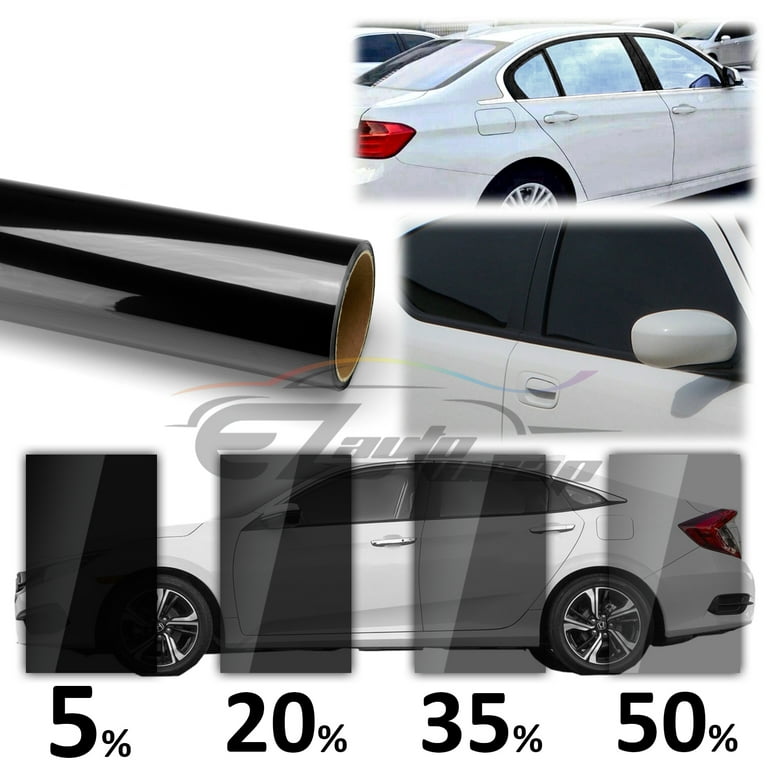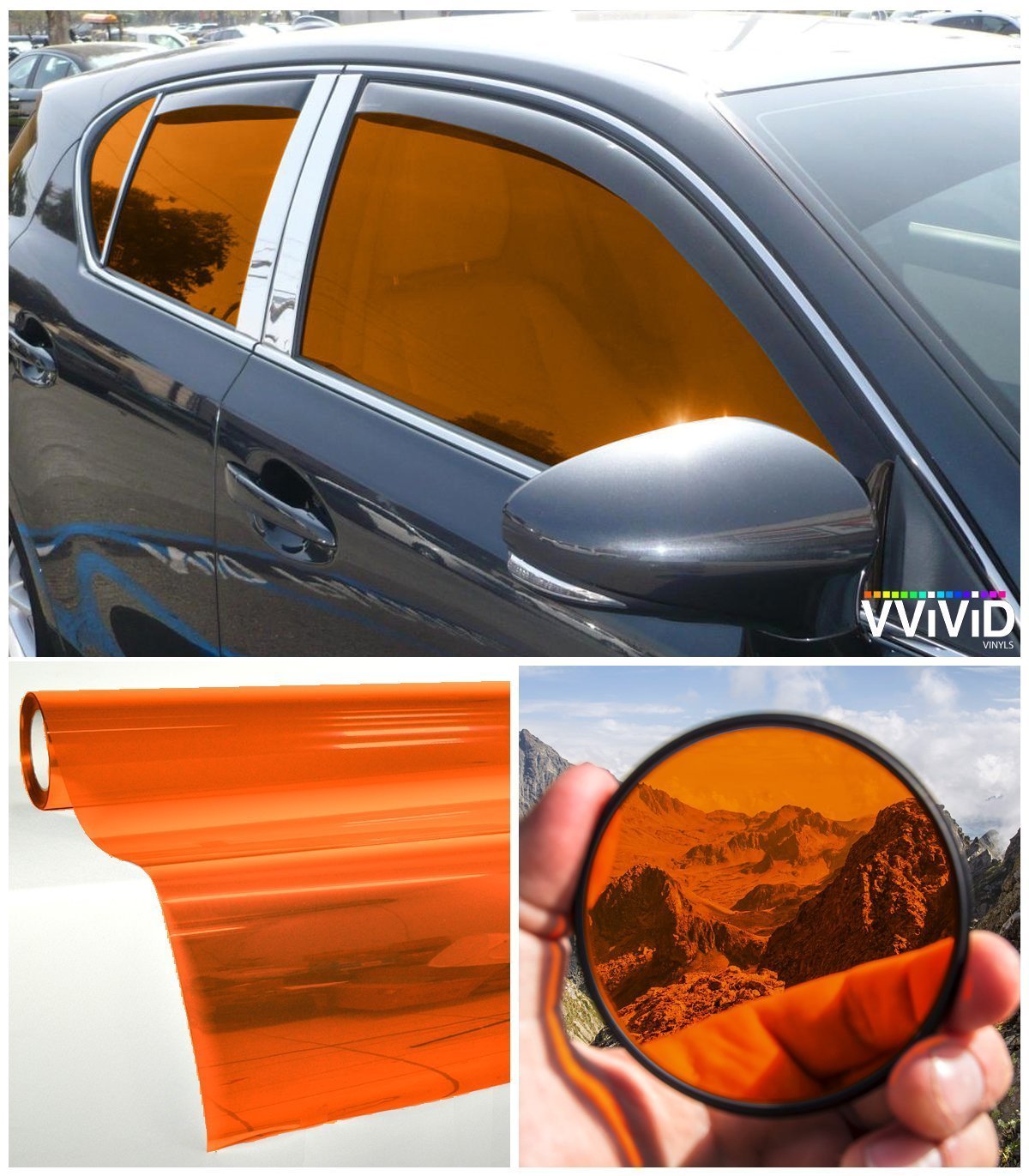Vehicle Window Tinting for Boosted Security and Reduced Break-Ins
Vehicle Window Tinting for Boosted Security and Reduced Break-Ins
Blog Article
Window Tinting Regulations and Guidelines: What You Need to Know Prior To Tinting Your Auto
Prior to proceeding with home window tinting for your car, it is necessary to familiarize on your own with the varied regulations and standards that govern this method across different states. These laws dictate the acceptable degrees of color darkness, usually measured by noticeable light transmission (VLT) percents, and include details terms for front windscreens aimed at ensuring road safety.
Overview of Window Tinting Laws
Window tinting laws are often subject to variant throughout various jurisdictions, reflecting regional guidelines and safety factors to consider. These laws dictate the allowable levels of color darkness and reflectiveness on automobile home windows, guaranteeing that motorists keep sufficient exposure while additionally securing versus unsafe UV rays and heat.
Many policies categorize window tinting based upon the Visible Light Transmission (VLT) percentage, which shows the quantity of light that can travel through the window. Generally, lower VLT percentages represent darker colors. Laws usually differentiate in between the front, side, and back home windows, with stricter constraints put on the front windscreen to enhance safety for both the chauffeur and various other road users.
Furthermore, some territories enforce restrictions on the reflectivity of the color, stopping excessive glow that could hinder presence. Exemptions to these regulations might exist for individuals with particular medical conditions needing added sunlight security. Compliance with home window tinting guidelines is crucial, as infractions can result in penalties, obligatory removal of the color, and possible rises in insurance policy premiums. As a result, it is important for car owners to acquaint themselves with neighborhood regulations before proceeding with window tinting installations.
State-by-State Color Rules
Comprehending the particular window tinting regulations in each state is crucial for vehicle proprietors seeking to adhere to the law. Each state in the U.S. has established its own collection of regulations regulating home window tinting, which can differ dramatically. These policies frequently determine the permitted levels of tint darkness, the types of windows that can be tinted, and any kind of clinical exceptions that may use.
As an example, states like California have stringent constraints on tint darkness for front home windows, while others, such as New Mexico, may allow darker tints. Furthermore, particular states mandate details exposure percents for different windows, consisting of the windscreen, front side home windows, and rear windows. It is vital for car owners to familiarize themselves with their state's regulations to prevent prospective fines or charges.
Furthermore, some states might call for a certification sticker to be put on colored windows, indicating compliance with state legislations. Failure to follow these guidelines not just risks lawful consequences however can additionally impact security and visibility while driving. Consequently, lorry owners should carry out comprehensive research study or seek advice from local authorities to guarantee complete understanding and conformity with state-by-state tint guidelines.
Allowed Color Types and degrees
Many car owners might be surprised to find out that permitted tint levels and kinds vary commonly throughout various states. Each state has actually established its own policies concerning the permissible look at this web-site darkness and reflectivity of window tint, often measured by Visible Light Transmission (VLT) percents. VLT describes the amount of light that can go through the tinted windows; thus, a reduced percentage suggests a darker color.

Furthermore, the kinds of tint products permitted can differ, with some states forbiding mirror-like or metal finishes. It is essential for car owners to familiarize themselves with their state's particular laws to ensure compliance. Non-compliance can result in penalties, compulsory elimination of the tint, or other lawful consequences, making it crucial to understand these laws prior to continuing with installment.
Medical Exceptions for Tinting
While not all states offer allowances for clinical exceptions relating to window tinting, those that do acknowledge the requirement for specific individuals to boost visibility and comfort due to clinical problems. Various clinical conditions, such as lupus, skin cancer, and particular eye conditions, can make individuals particularly conscious sunshine. Subsequently, these people might need darker colors to shield themselves from dangerous UV rays and glare.

It is very important to note that despite having a clinical exception, there might still be restrictions on the level of tint enabled. Conformity with state regulations guarantees that individuals are both safeguarded and within legal limits. Those considering clinical exceptions need to contact their regional Department of Electric motor Automobiles or equal authority to understand the demands and procedures needed to get an exception properly.
Charges for Non-Compliance
Stopping working to conform with home window tinting regulations can result in considerable fines, which vary by state. Law enforcement firms are encouraged to issue citations for automobiles that do not stick to the specified tinting policies. These fines usually consist of fines, which can vary from small total up to numerous hundred bucks, depending upon the seriousness of the violation and the state concerned.
In some jurisdictions, repeated offenses may cause intensifying penalties or additional fines, such as obligatory court appearances. Additionally, non-compliance may demand the removal of unlawful tinting, commonly at the owner's cost. In extreme situations, regular wrongdoers might deal with suspension of their lorry registration until compliance is accomplished.
Furthermore, insurance effects may occur from getting numerous citations for window tint violations. Insurance companies may see such infractions as a sign of riskier habits, possibly resulting in enhanced costs or trouble in protection.
To prevent these fines, it is critical for lorry proprietors to acquaint themselves with their regional window tinting laws and make sure that their lorry complies (Window Tinting). This positive approach not just prevents legal implications yet additionally advertises roadway safety and security
Conclusion

The majority of policies identify window tinting anchor based on the Visible Light Transmission (VLT) percent, which shows the quantity of light that can pass with the home window. Compliance with home window tinting guidelines is critical, as infractions can result in fines, required removal of the color, and prospective increases in insurance policy costs.Comprehending the specific home window tinting guidelines in each state is crucial for lorry owners looking for to comply with the regulation. These guidelines usually determine the allowed degrees of color darkness, the types of home windows that can be tinted, and any type of clinical exceptions that may apply.
For circumstances, states like The golden state have rigorous constraints on tint darkness for front home windows, while others, such as New Mexico, may permit darker tints.
Report this page